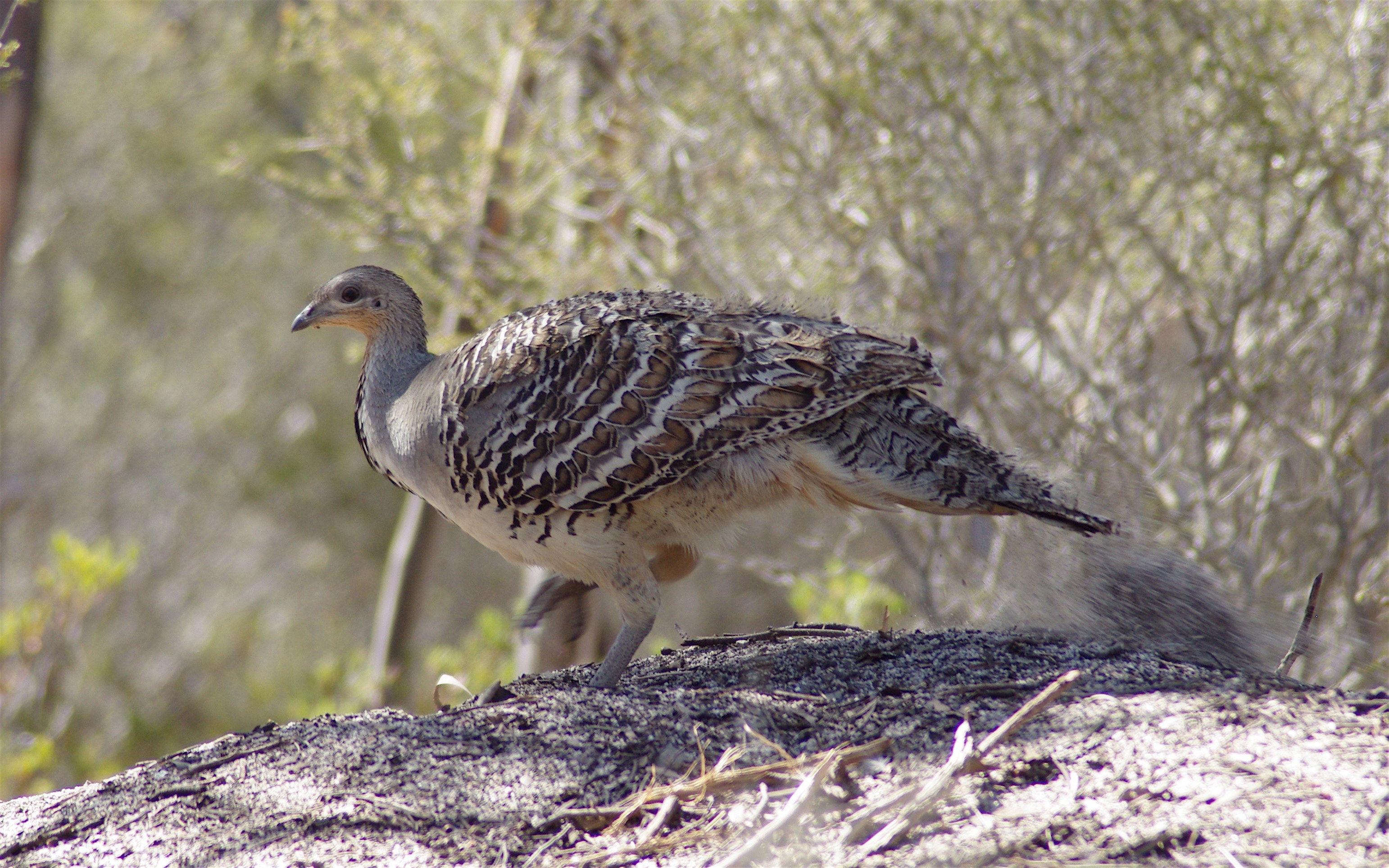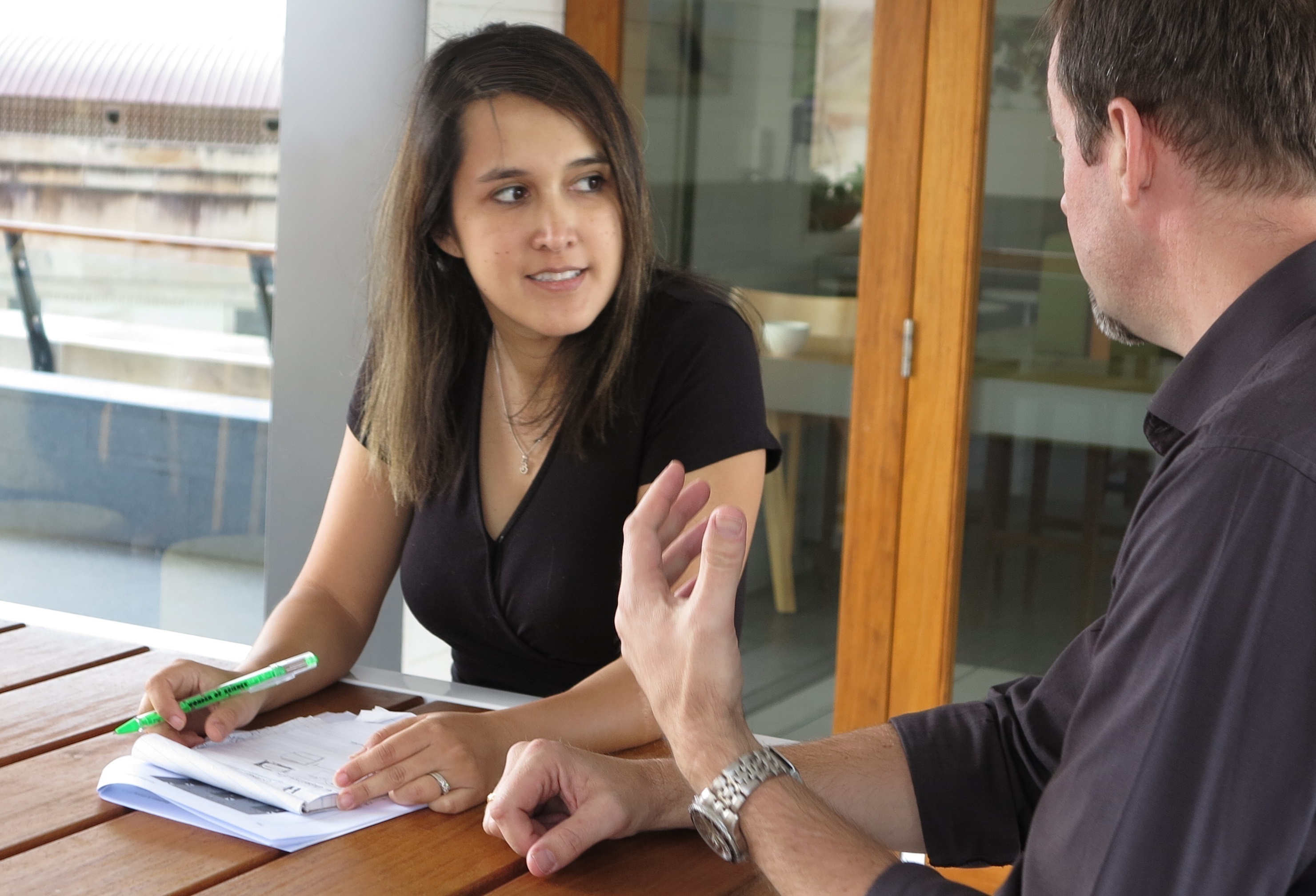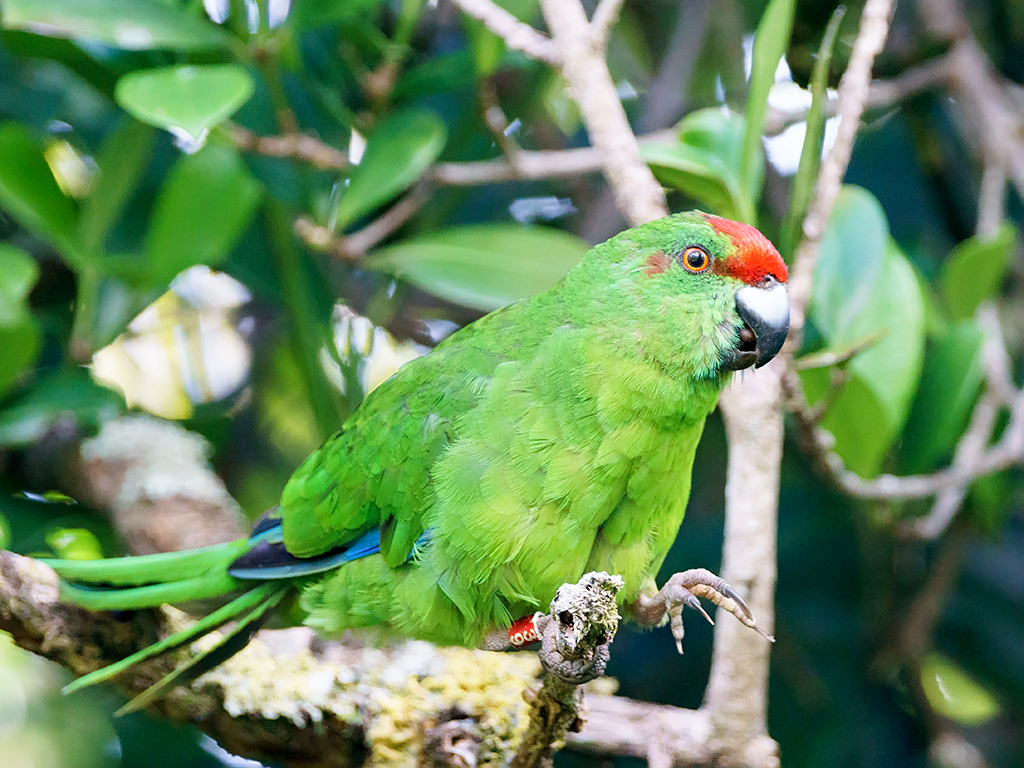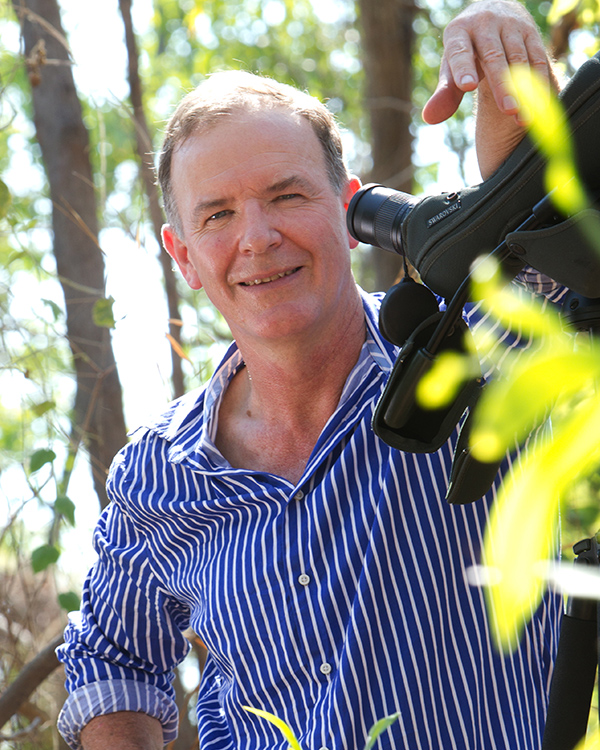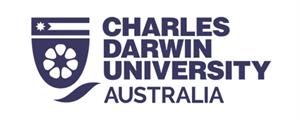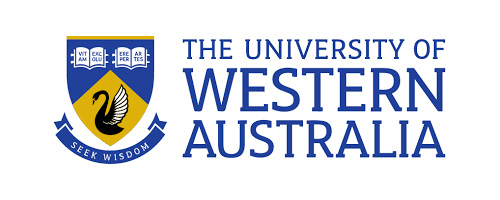
Project: 6.6
Key factors for effective partnering for threatened species recovery
Project Leaders: Stephen Garnett
Research in Brief
This project will analyse the long-term value of partnerships in threatened species recovery and identify the governance arrangements that are most effective at building and maintaining partnerships for conservation outcomes.
The project will draw on case studies suggested by stakeholders and, where possible, will build on the success stories already told in the publication Recovering Australian Threatened Species: A Book of Hope and its successors. It will analyse the characteristics of the partnerships that contributed to success and how the governance arrangements supported those partnerships.
Why is the research needed?
There is an assumption that partnerships increase the effectiveness of threatened species conservation but that has never been tested. This is no simple question. There are many different types of partnership and they can have different roles or effects on conservation outcomes. For example, a partnership may: create the critical mass of capacity or resources necessary to overcome a barrier to recovery; align or acknowledge complementary objectives or activities; amalgamate, collaborate on or coordinate activities; share resources and capacity; exchange knowledge, experience and skills; establish networks, communication, and social interactions that maintain enthusiasm and grow support.
However, partnerships also incur transaction costs that may exceed the benefits. This project will involve developing and applying a framework to analyse existing partnerships for their effectiveness from different perspectives (e.g., social, economic, ecological, administrative) with an emphasis on the benefits to threatened species. The emphasis will be on matters to consider when contemplating establishing a partnership and how to make the partnership effective.

Tiwi Land Rangers collaborating with Charles Darwin University researchers to establish a monitoring program for the threatened brush-tailed rabbit-rat and other native fauna. Photo: John Davies
How can the research help?
The project aims to assist governments, conservation organisations, and land managers make decisions on whether to invest in establishing and servicing partnerships to support threatened species conservation. Such decisions rely on identifying the circumstances where a partnership is likely to increase effectiveness, who the potential partners are, and what are the costs associated with establishing and maintaining partnerships.
Using data on threatened species on-ground management and recovery activities, a categorisation of partnership types for threatened species recovery, their roles and governance regimes will be developed. Interviews will be used to both generate case studies to illustrate the roles of partnerships, understand how they are managed and their influence on project outcomes and to identify the characteristics that led to sustain an effective partnership. Case studies may illustrate examples where partnerships were not necessary, or where partnerships were not effective. Analysis of the case studies will provide guidance on when to establish a partnership, with whom, and how to make the partnership effective.
An attempt will also be made to estimate the monetary value and costs of partnerships, based on partners’ total combined investment. Similarly, an attempt will be made to estimate any indirect/flow-on benefits that have been gained from the formation of the partnerships.

A collaboration between Parks Australia, ANU, WWF Australia, Rewilding Australia, Taronga Zoo and the Tasmanian Quoll Conservation Program has seen eastern quolls reintroduced to mainland Australia at Booderee National Park. Photo: Natasha Robinson
What research activities are being undertaken?
The project will consider 30 or so case studies described in ‘Recovering Australian Threatened Species: A Book of Hope’, characterising the different types of partnership, exploring their structure and governance and identifying the nature of their contribution. A global review of literature on threatened species partnerships (including the Department’s co-design process) will then be undertaken.
An important aspect is partnering with Indigenous Peoples, and will link closely with Project 6.2’s milestones relating to best practice in cross-cultural threatened species planning on Indigenous lands, and the role of local partnerships in an Indigenous people’s threatened species strategy). This will also draw on the case studies on the processes for forming partnerships with and between Indigenous Peoples for threatened species conservation.
Linkages to Project 6.1 (Quantifying benefits and costs of threatened-species management in rural and regional economies) will assess if it is possible to quantify and model any shared economic benefits derived from partnerships. 

ANU researchers, students and volunteers have been collaborating with Booderee National Park staff to monitor mammals reintroduced to the park. Photo: Natasha Robinson
Who is involved?
This project is being led by researchers at Charles Darwin University, with support from researchers at the University of Western Australia and the Australian National University.
Where is the research happening?
This is a desktop research project, with research taking place at Charles Darwin University. Although there is no field component, interviews will be undertaken with conservation practitioners throughout the country.
When is the research happening?
The project will run from mid-2019 to December 2020.
Further information
For more information please contact Stephen Garnett - stephen.garnett@cdu.edu.au
Top image: A collaboration between scientists from The University of Queensland and the Australian National Botanical Gardens and national parks staff will identify ways to recover threatened plants on Norfolk Island. Photo: Noam Levin
